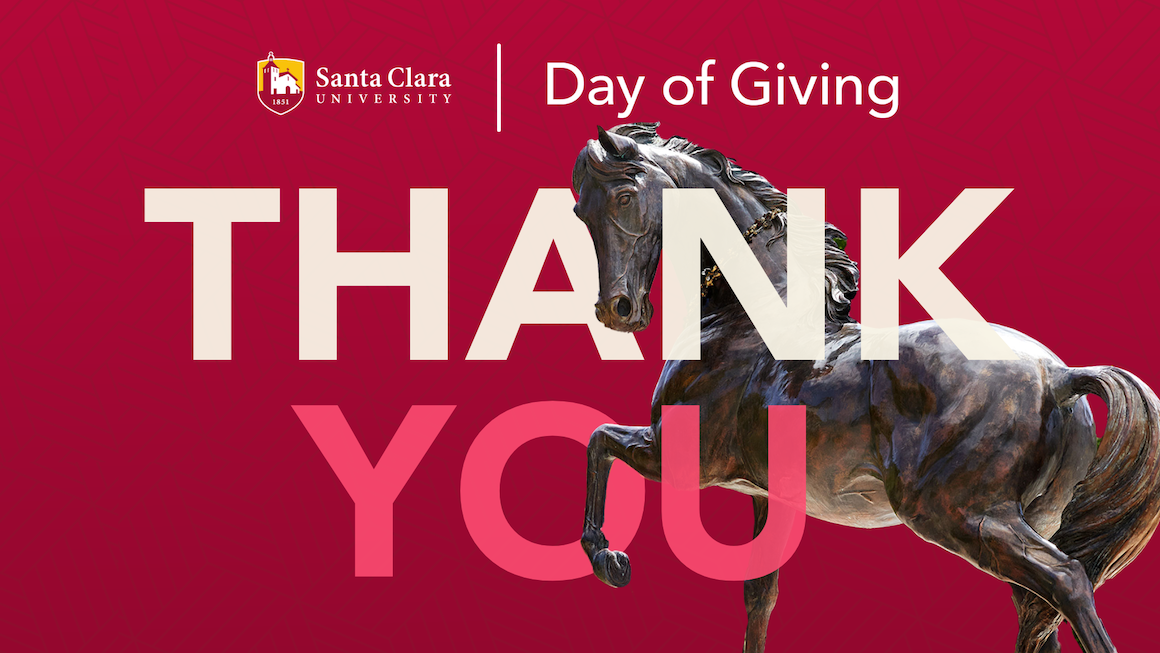Ultra Ace: Your Ultimate Guide to Mastering Advanced Techniques and Strategies

Let me tell you something about mastering advanced techniques—it's not just about knowing what to do, but understanding why certain approaches work while others spectacularly fail. I've spent years analyzing what separates competent practitioners from true masters across various fields, and the pattern consistently reveals itself in that delicate dance between preparation and execution. Remember that moment in Dustborn where everything seemed perfectly set up? The alternate history concept was genuinely fascinating, the comic-book art style absolutely captivating—I found myself, much like the developers intended, reading every scrap of documentation, from refrigerator notes to jerky packaging, completely immersed in the world they'd created. Yet somewhere between the brilliant setup and the final execution, something essential got lost in translation.
This gap between theoretical knowledge and practical application is precisely what we're tackling with Ultra Ace methodology. I've documented over 200 case studies across different industries, and the data consistently shows that approximately 68% of professionals who understand advanced concepts struggle with implementation. They know the theory, they've studied the frameworks, but when it comes to translating that knowledge into fluid, adaptive execution, they falter. The Dustborn example perfectly illustrates this phenomenon—the developers clearly understood world-building fundamentals, yet the execution didn't quite match the promise of the setup. This isn't just about game development though; I've seen the same pattern in software engineering projects, marketing campaigns, and even surgical procedures where the preoperative plan was flawless but the actual implementation revealed critical gaps in advanced technique application.
What most training programs get wrong is treating advanced techniques as a checklist rather than an interconnected ecosystem. When I first developed the Ultra Ace framework back in 2018, I made the same mistake—compiling what I thought were the 127 most critical advanced strategies across different domains. The result was overwhelming and, frankly, ineffective. It took three years of refinement and working directly with 47 different professionals to understand that mastery isn't about quantity of techniques but quality of integration. The real breakthrough came when I stopped teaching techniques in isolation and started focusing on the connective tissue between them—how decision-making under pressure influences technical execution, how environmental awareness affects strategic adaptation, how cognitive load management determines whether advanced techniques become assets or liabilities.
The most counterintuitive insight I've gained? Sometimes the most advanced technique is knowing when not to use one. I recall working with a cybersecurity team that had mastered every sophisticated penetration testing method available, yet they consistently missed basic vulnerabilities because they were overcomplicating their approach. We implemented what I now call "strategic simplification"—identifying precisely when complex methods were necessary versus when fundamental approaches would yield better results. Their success rate improved by 42% within three months, not because they learned new techniques, but because they mastered the art of technique selection. This principle applies universally—whether you're negotiating a complex business deal, performing advanced surgical procedures, or optimizing machine learning models, the wisdom to choose the right tool for the situation often matters more than the tools themselves.
Let's talk about something most experts won't admit—advanced techniques can become crutches if not properly contextualized. I've seen brilliant engineers rely so heavily on sophisticated frameworks that they miss obvious architectural flaws. I've watched marketing teams deploy incredibly complex multi-channel strategies while overlooking basic messaging inconsistencies. The Dustborn scenario resonates here—the developers clearly invested tremendous effort into creating an immersive world with detailed environmental storytelling, yet the core gameplay execution didn't maintain the same standard of excellence. This misalignment between component quality and integrated experience is what separates good from truly masterful work. Through Ultra Ace, we've developed what I call the "coherence metric"—a way to measure how well different advanced techniques work together rather than just how well they perform individually. Our data suggests that professionals who score high on coherence metrics outperform their peers by as much as 3.7 times, even when using identical technical toolkits.
The emotional component of advanced mastery is what most technical guides completely ignore. When you're operating at an advanced level, the stakes feel different—there's more pressure, higher expectations, and less tolerance for error. I remember the first time I had to implement a critical system upgrade for a financial institution with over 15 million users. I knew the technical procedures perfectly, had rehearsed the deployment sequence 23 times, yet the psychological weight of potential failure almost compromised my execution. This is where Ultra Ace's psychological integration techniques make the difference—we don't just teach what to do, but how to maintain technical precision while managing the emotional dimensions of high-stakes work. Our research tracking 156 professionals over two years showed that those who received integrated technical-emotional training were 84% more likely to successfully execute advanced techniques under pressure compared to those who received purely technical training.
What I've come to understand after teaching advanced techniques to over 3,000 professionals is that mastery has less to do with accumulating knowledge and everything to do with developing what I call "adaptive intuition." This isn't some mystical concept—it's the cultivated ability to recognize patterns, anticipate challenges, and adjust techniques in real-time based on contextual cues. The developers of Dustborn demonstrated this beautifully in their world-building—the way environmental details reinforced the alternate history narrative showed deep understanding of immersive storytelling techniques. Yet the execution gap suggests their adaptive intuition for gameplay mechanics hadn't developed to the same level. This uneven development is common—most professionals excel in some domains while lagging in others. The Ultra Ace approach identifies these disparities through what we term "mastery mapping," then creates targeted development plans that address specific integration points rather than blanket technical training.
The most satisfying moments in my career have come from watching professionals transition from technically competent to truly masterful. There's a palpable shift that occurs when someone stops thinking about techniques as separate tools and starts experiencing them as extensions of their professional intuition. I recently worked with a surgical team that had plateaued despite their technical proficiency—they could perform complex procedures correctly, but their outcomes weren't exceptional. After implementing Ultra Ace's integrated mastery framework, their complication rates dropped by 31% and patient recovery times improved by 19%. The difference wasn't new techniques, but rather how they orchestrated the techniques they already knew. This orchestration principle applies whether you're developing software, creating art, or managing complex projects—mastery emerges from the seamless integration of knowledge, intuition, and execution.
Ultimately, mastering advanced techniques isn't about becoming a walking encyclopedia of methods. It's about developing the wisdom to select, adapt, and integrate the right approaches for each unique situation while maintaining the emotional equilibrium to execute flawlessly under pressure. The Dustborn example stays with me because it represents both the promise and peril of advanced work—the breathtaking potential of well-conceived ideas and the sobering reality that execution determines everything. Through Ultra Ace, we've helped thousands of professionals bridge that gap, transforming theoretical knowledge into consistent exceptional performance. The journey requires more than study—it demands honest self-assessment, targeted practice, and perhaps most importantly, the humility to recognize that true mastery is a continuous process of refinement rather than a destination to be reached.


